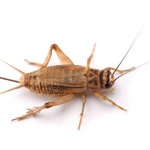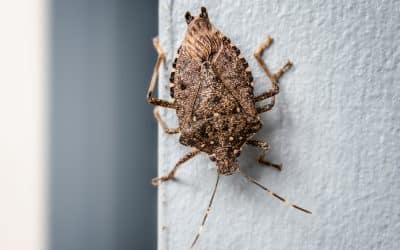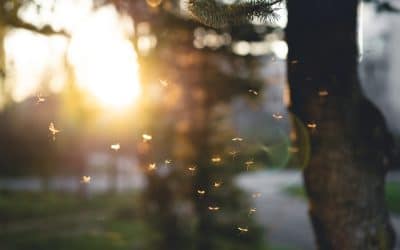
Pest Identification: Crickets

Buzzwords
Bug Off! Keeping Stink Bugs Out of Your Home
Fall in New England brings crisp air, colorful leaves, and stink bugs. As soon as the temperatures start to dip, stink bugs start searching for a cozy spot to ride out the winter, and your home is often their top choice. Unless you know how to stop them. With a few...
Protect Your Lawn: What You Need to Know About Grubs
You work hard to maintain a beautiful yard. But if you start noticing unexplained patches or spongy turf, grubs might be the culprit. These pesky beetle larvae feed on grass roots, turning lush lawns into a patchy mess. Bottom line: they are a threat to your yard....
Buzz Off: How to Identify Common Flying Pests in Massachusetts
When August rolls around, it’s time to savor those last sweet weeks of summer. But the heat and sunshine also bring out a surge in dangerous summer pests. Many bite, others sting, and some just won’t leave you alone. Do you know what’s buzzing around your yard? From...


